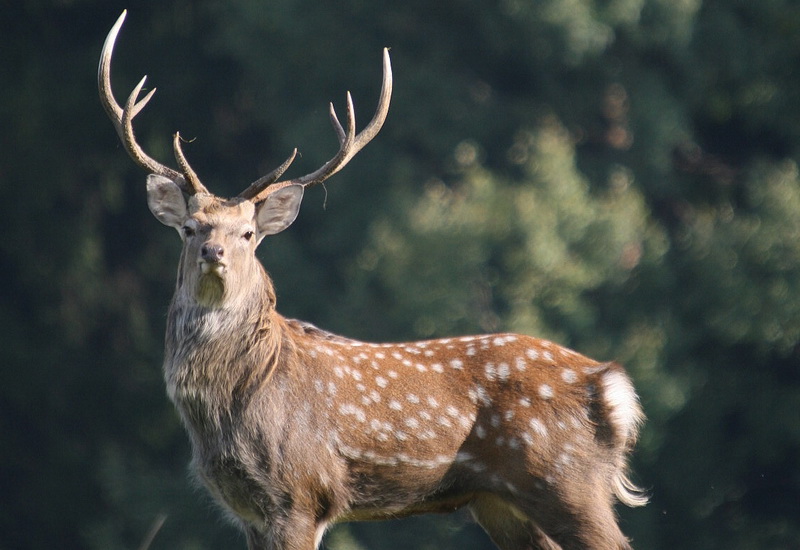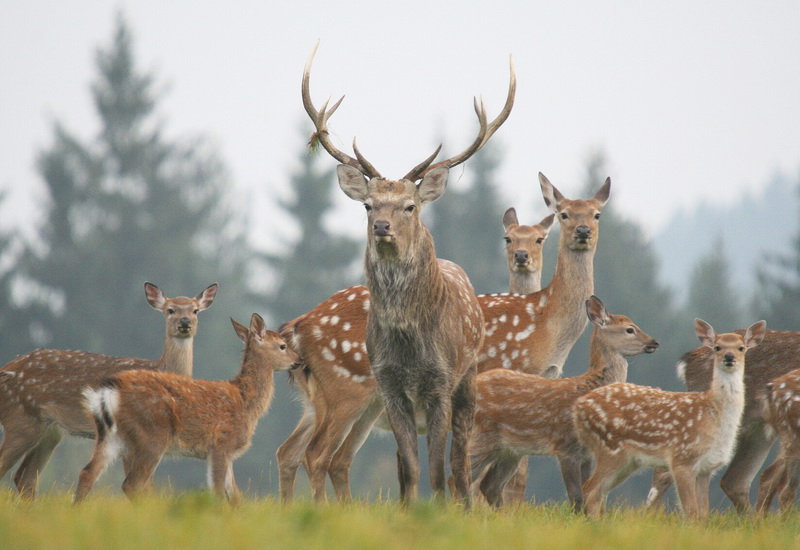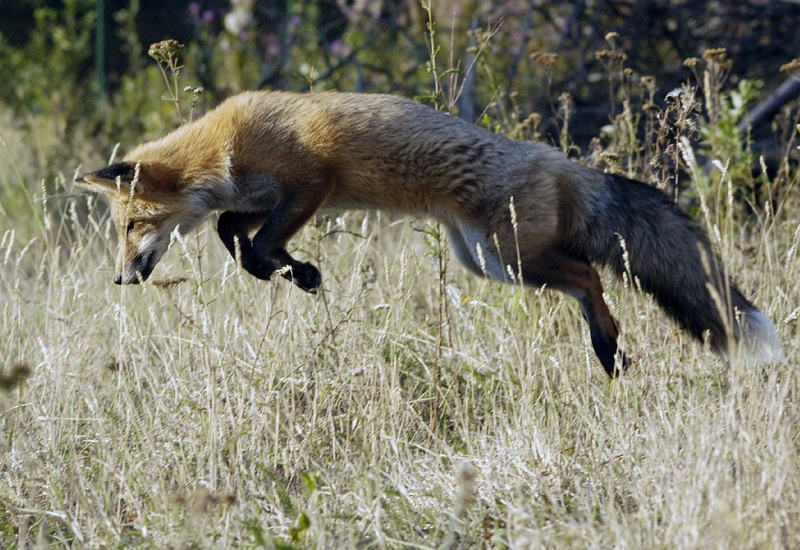
Slavkovský les
Slavkovský les
Slavkovsky les protected hills are with cleanest air in Czech republic.
The Slavkovský Les PLA has the appearance of an upland island of green vegetation - and tranquility very little influenced by man. It is surrounded by three medium-sized towns: Karlovy Vary, Markánské Lázně and Františkovy Lázně, which form a triangle. It is an impressive landscape complex of peneplain type. The highest peaks are Lesný and Lysina, rising in the western part, which is considerably higher. A large part of the Slavkovský Les southwestern forests is formed by vast raised bogs covered by Swiss mountain pine, immature birch and typical bog species. Vast forest complexes together with bogs represent an enormous natural water reserve that positively influences the water regime of the vast surrounding areas (particularly spas in the west of the Czech Republic). Because of this mineral water spring conservation, Slavkovský Les PLA’s role differs from that of the other PLAs in the Czech Republic.
Amongst rare and protected flora the most distinctive are these endemic species: Cerastium alsinifolium (sandwort-leaved mouse-ear), Salix myrtilloides (bilberry willow), Arnica montana (the PLA symbol), Drosera rotundifolia (round-leaved sundew), Pinguicula vulgaris (common butterwort), rare Asplenium cuneifolium (serpentine black spleenwort), a whole range of orchids and others. Among the typical animal species there are Cervus Elaphus (deer), sus scrofa (wild boar), Capreolus capreolus (roebuck) and marten carnivores. Tetrao tetrix (black grouse) and Tetrao Urogalus (capercaillie) also live here. This area is a regular breeding site of Ciconia nigra (black stork). It is remarkable that here is the most western site where European Spermophilus citellus (suslik) can be found.
In the whole area there is a well-marked tourist path network, which can direct the visitors to attractive natural and historical places (a monastery in Teplá, Loket castle, Bečov town and Kynžvart castle) whether in winter or in summer.







